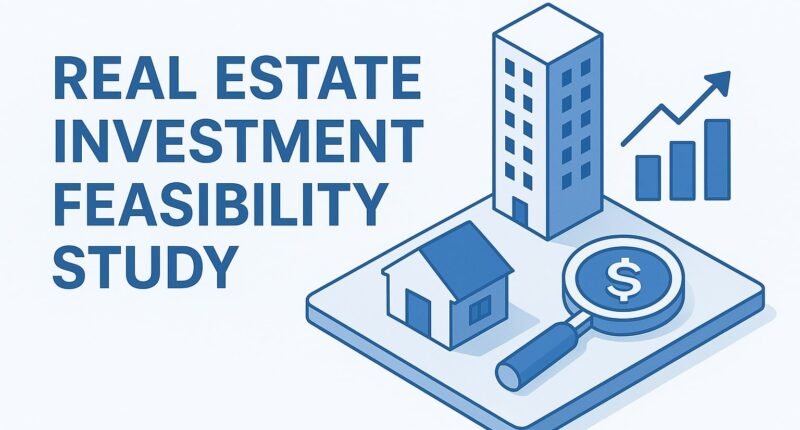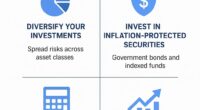Real estate has always been one of the most reliable and rewarding investment options. However, the key to maximizing returns lies not just in acquiring property but in conducting a thorough real estate investment feasibility study. This process helps investors evaluate the financial, technical, and market aspects of a project before committing resources. By examining potential risks and returns, investors can make smarter decisions that align with their long-term goals.
What Is a Real Estate Investment Feasibility Study?
A feasibility study is a comprehensive analysis conducted before purchasing or developing a property. It determines whether the project is financially viable, legally permissible, and technically achievable. In real estate, it usually covers:
-
Market Analysis – Understanding demand, competition, and pricing.
-
Financial Projections – Evaluating costs, revenues, and profitability.
-
Legal & Regulatory Review – Checking zoning laws, permits, and compliance.
-
Risk Assessment – Identifying potential challenges and mitigation strategies.
This step ensures investors avoid costly mistakes and pursue projects that are more likely to succeed.
Key Factors in Maximizing Local Returns
When planning a real estate investment, local dynamics play a huge role in shaping profitability. A feasibility study focuses on these key elements:
1. Location and Market Demand
The old saying “location, location, location” still holds true. An investor must evaluate population growth, infrastructure development, and economic activity in the area. For instance, properties near universities, hospitals, or industrial hubs often yield higher rental returns.
2. Cost Analysis and Profit Margins
A detailed cost breakdown—including land acquisition, construction, maintenance, and financing—is essential. Comparing these costs against projected rental income or resale value helps determine whether the project will generate positive cash flow.
3. Legal and Regulatory Environment
Ignoring local property laws or zoning regulations can lead to delays or even project failure. Ensuring compliance with municipal guidelines and environmental standards is crucial to avoid risks.
4. Risk and Sensitivity Analysis
A feasibility study tests different scenarios such as interest rate changes, construction delays, or fluctuations in rental demand. This helps investors prepare contingency plans and protect their returns.
Benefits of a Feasibility Study for Real Estate Investors
Conducting a real estate investment feasibility study offers multiple advantages, including:
-
Informed Decision-Making – Helps investors avoid guesswork.
-
Accurate Financial Forecasts – Provides realistic revenue and expense projections.
-
Risk Minimization – Identifies potential pitfalls early.
-
Optimized ROI – Ensures every dollar invested generates maximum possible return.
By assessing both opportunities and challenges, investors can secure projects with strong growth potential.
Conclusion: The Path to Sustainable Real Estate Growth
Maximizing local returns in real estate requires more than just intuition or market trends—it demands a structured feasibility study. From market research to financial modeling and risk assessment, every step builds confidence in the investment decision. For individuals or companies seeking to grow their property portfolio, feasibility studies provide the roadmap to sustainable success.
In today’s competitive real estate market, those who take the time to analyze, evaluate, and strategize will be the ones who consistently achieve higher returns and long-term stability.









